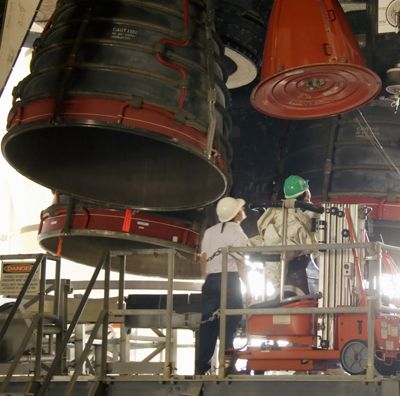
NASA's space shuttle Discovery rests on the mobile launcher platform. Have you ever wondered where these massive rockets are assembled?
Advertisement
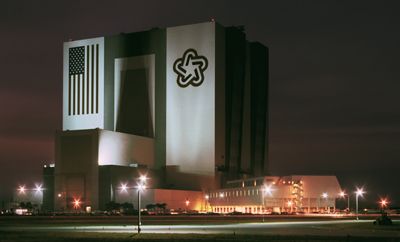
The Vehicle Assembly Building, which dwarfs even the tall trees around it, is where NASA makes its largest rockets. Next, step back in time to see one of the first successful rockets ever made.
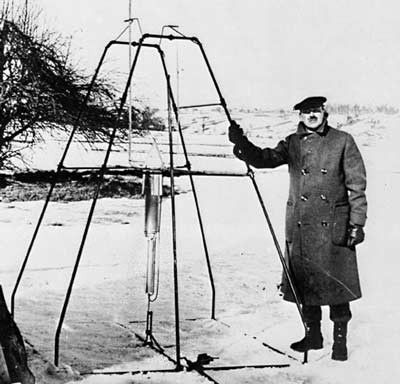
Dr. Robert H. Goddard fired his liquid oxygen-gasoline rocket on March 16, 1926. It flew for only 2.5 seconds, climbed 41 feet (12 meters), and landed 184 feet (56 meters) away in a cabbage patch. See how far rocket science has come in the next photo.

Thrust is the strength of a rocket engine. Here you can see the three main parts that create thrust -- the orbiter, the big external tank and the two solid rocket boosters. See how future rockets will create thrust in the next photo.
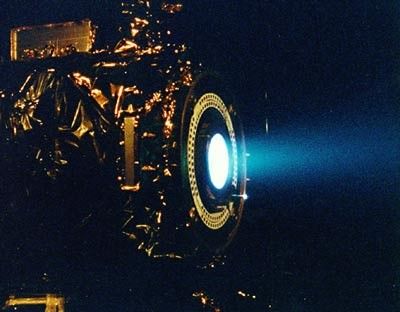
The future of rocket engines may involve accelerating ions or atomic particles for propelling spacecraft. This xenon ion engine, being tested at NASA's Jet Propulsion Laboratory, shows the faint blue glow of charged atoms being emitted from the engine. Next, see what type of rocket could make space travel affordable for the masses.
Advertisement
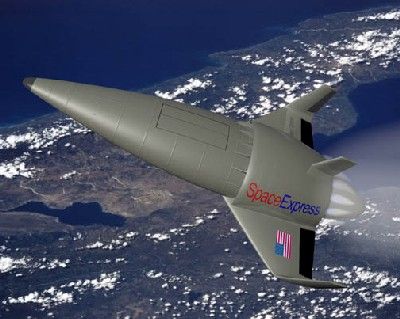
Air-breathing rockets could dramatically decrease the cost of launch, making rocket travel more affordable. Next, see a rocket that proposes using antimatter to blast off.
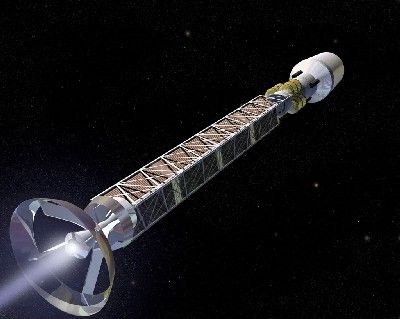
Antimatter has the ability to store incredible amounts of energy in a very small space, so it represents a great source of propulsion energy.
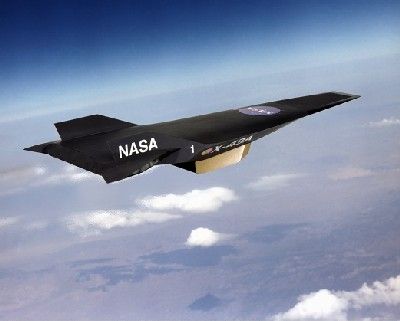
Higher, farther, faster: NASA's X-43A plane is destined to set new speed records. Its scramjet engine sets the X-43A apart from other rocket-powered aircraft.
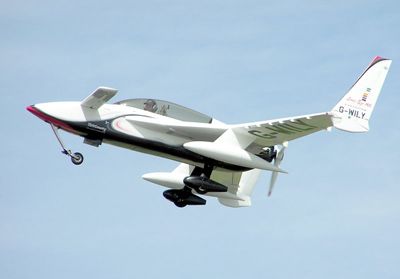
The EZ-Rocket is the first privately built and flown rocket plane, and it serves as the test bed for new technologies. Shown here is the Rutan Long-EZ 160 with its tailplane ahead of the pilot.
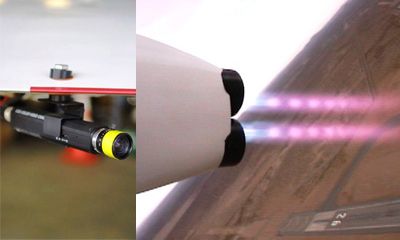
Here, a camera called the RocketCam (left) mounts to the EZ-Rocket plane. On the right is the view from that RocketCam in flight.
Advertisement
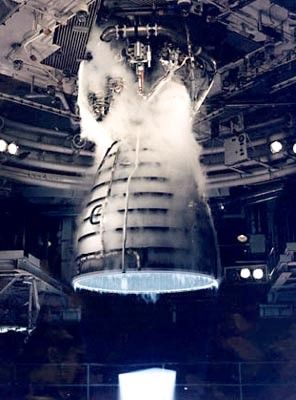
A remote camera captures a close-up view of a space shuttle main engine during a test firing at the John C. Stennis Space Center in Hancock County, Miss.
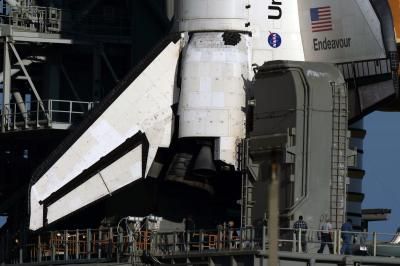
Here's a view of the rocket engines that helped lift the Endeavour space shuttle into the sky.
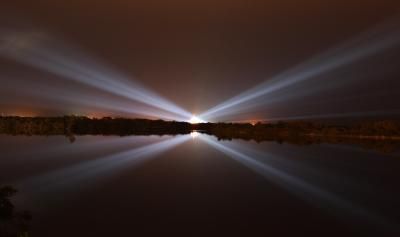
Light from the rocket engines can be seen from miles away.
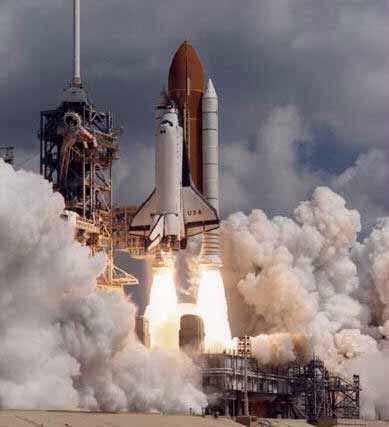
Two solid rocket boosters are critical for the successful launch of a space shuttle.
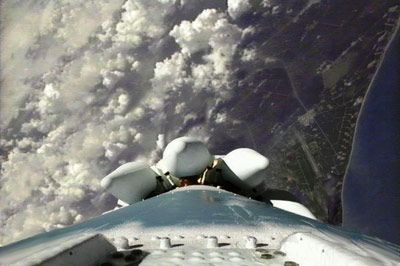
Attached to the shuttle, the RocketCam captures crucial video footage of the launch, which can help engineers make informed decisions to prevent disasters and improve upon launch technologies.
Advertisement
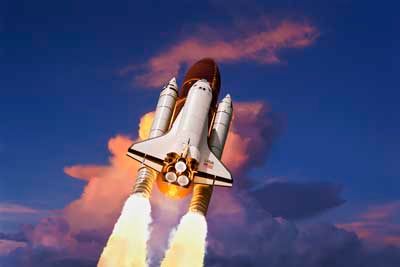
A space shuttle flies through the sky, propelled by rocket launchers. See where kids can learn about rockets in the next photo.
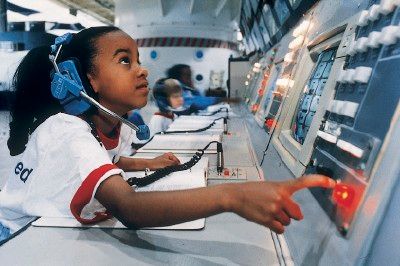
Alabama's U.S. Space and Rocket Center offers an interesting collection of space memorabilia as well as space camp for kids. Next up: the greatest rocket ever built ... so far.
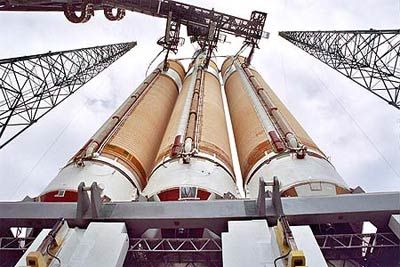
It's bigger, stronger, more efficient and more precise: The Delta IV Heavy is arguably the greatest rocket built to date. On the following pages, see images from famous space missions.
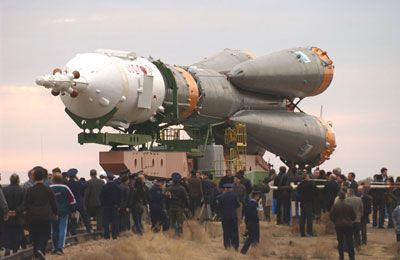
Here you can see the Soyuz TMA-2 spacecraft on top of an R-7 rocket. An R-7 rocket also carried Sputnik into orbit. Next, see the blast off that led to one of the world's greatest space missions.
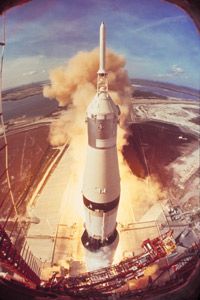
Apollo 11, the first spacecraft to land man on the moon, lifted off aboard the powerful Saturn V rocket.
Advertisement
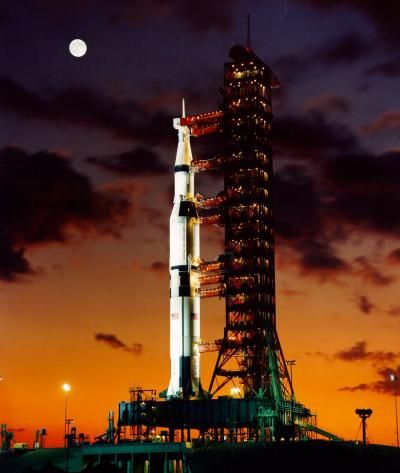
The Saturn V rocket carried three astronauts to the moon.

Here's the Saturn V rocket again, lifting off on July 16, 1969, from the Kennedy Space Center.
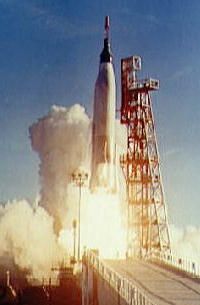
Compliments of an Atlas rocket, Project Mercury launched the first American into space in 1962.
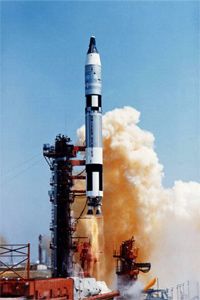
The Titan II intercontinental ballistic missile pictured here was pressed into service to launch the Gemini manned spacecraft in the 1960s. The Gemini capsule, which carried two astronauts, sits on top of the rocket.
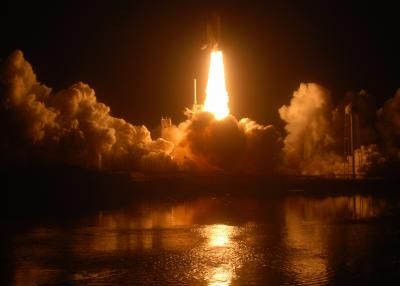
NASA's space shuttle Endeavour makes its way to the International Space Station. To learn more, check out 5 Post-shuttle NASA Programs or How Rocket Engines Work.
Advertisement